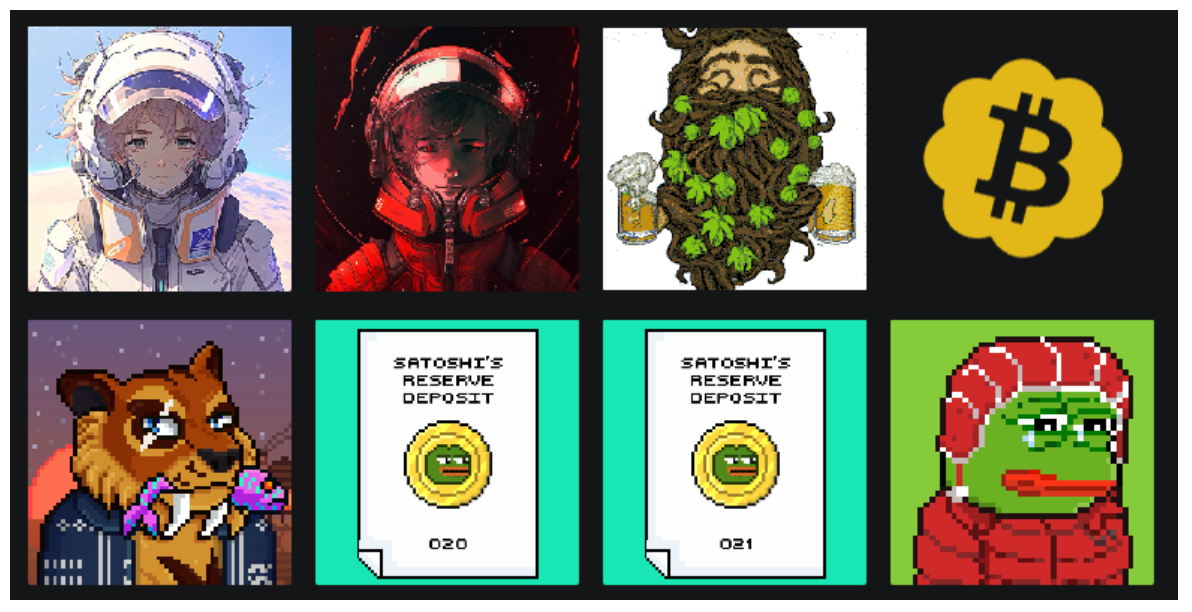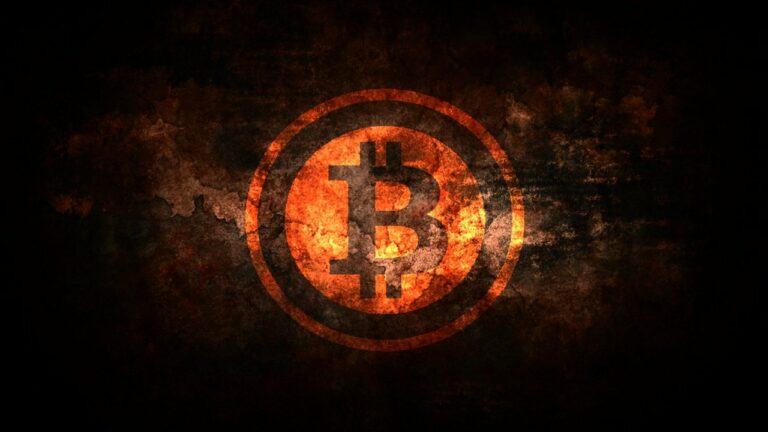On Wednesday (8 February 2023), South Korea-based crypto analytics startup CryptoQuant reported that “as NFTs are stored on-chain, Bitcoin network activity surges to two-year highs.”
In a “quick take” published yesterday, CryptoQuant said:
“Bitcoin’s network activity has recently increased and is now at its highest level since May 2021. The number of daily transactions in the bitcoin network has grown to 345K, the highest level since April 2021, driving up network activity. The Network Activity Index of CryptoQuant indicates that activity on the bitcoin network has reached its highest level since May 2021. Looking at transactions in greater detail, we can see that P2TR transactions have fueled the growth. Taproot scripts, implemented on bitcoin in November 2021, are used in these transactions.“
On Tuesday (7 February 2023), Binance Research, the research division of Binance, the largest cryptocurrency exchange by trading volume, delved into the topic of Bitcoin NFTs.
In a Twitter thread, Binance Research said that traditionally, the Bitcoin blockchain was only used for payment transactions, but recently a new protocol known as the Ordinals protocol has emerged, introducing on-chain, Bitcoin-native NFTs.
It also mentioned that before the advent of Ordinals, those seeking NFTs would have to turn to smart-contract platforms like BNB Chain or Ethereum. The Ordinals protocol, however,” creates unique digital artifacts that can be held and transferred across the Bitcoin network.”
Casey Rodarmor, the creator of the Ordinals project, who is a former Bitcoin Core contributor, said in a blog post published on 20 January 2023 that the Ordinals protocol supports putting “inscriptions” on the Bitcoin blockchain, and then went on to explain how inscriptions are different from NFTs:
“Inscriptions are digital artifacts native to the Bitcoin blockchain. They are created by inscribing sats with content using ord, and can be viewed with the ordinals explorer. They do not require a separate token, a side chain, or changing Bitcoin. Inscriptions are created by including content, like an image, text, SVG, or HTML, in an inscription transaction. The content is included in the transaction witness, which normally contains signatures and other data proving that a transaction is authorized. Along with the content, the inscription transaction contains a content type, also known as a MIME type, identifying the type of content to be inscribed…
“Inscriptions are digital artifacts, and digital artifacts are NFTs, but not all NFTs are digital artifacts. Digital artifacts are NFTs held to a higher standard, closer to their ideal. For an NFT to be a digital artifact, it must be decentralized, immutable, on-chain, and unrestricted. The vast majority of NFTs are not digital artifacts. Their content is stored off-chain and can be lost, they are on centralized chains, and they have back-door admin keys.
“What’s worse, because they are smart contracts, they must be audited on a case-by-case basis to determine their properties. Inscriptions are unplagued by such flaws. Inscriptions are immutable and on-chain, on the oldest, most decentralized, most secure blockchain in the world. They are not smart contracts, and do not need to be examined individually to determine their properties. They are true digital artifacts.“
According to Binance Research, in recent weeks, the Ordinals protocol has gained widespread popularity, with users experimenting by embedding JPEGs, videos, and even PDFs onto the blockchain.

Image Credit
Featured Image via Pixabay








